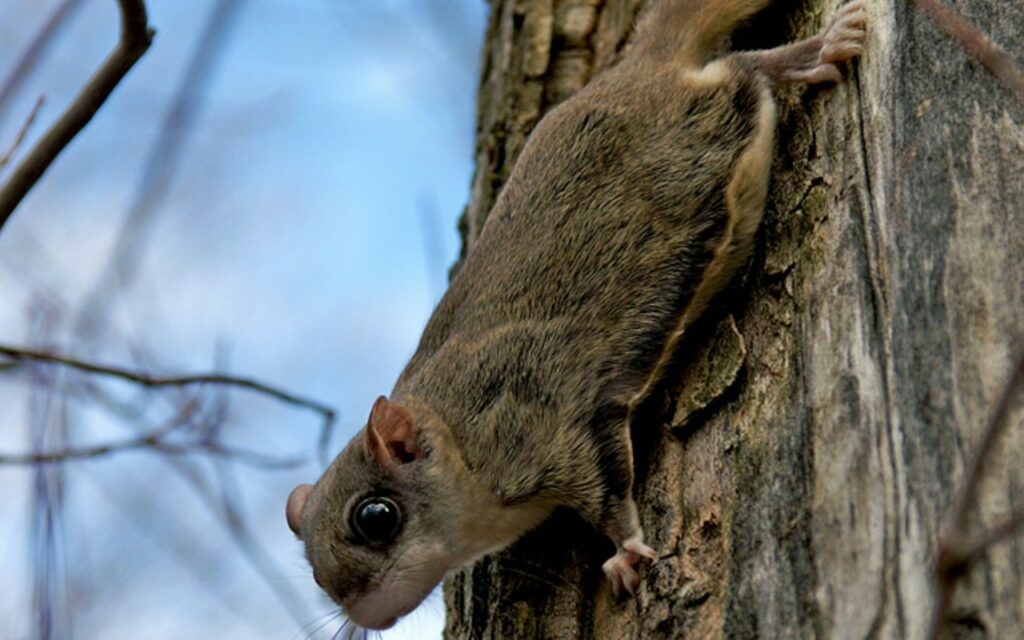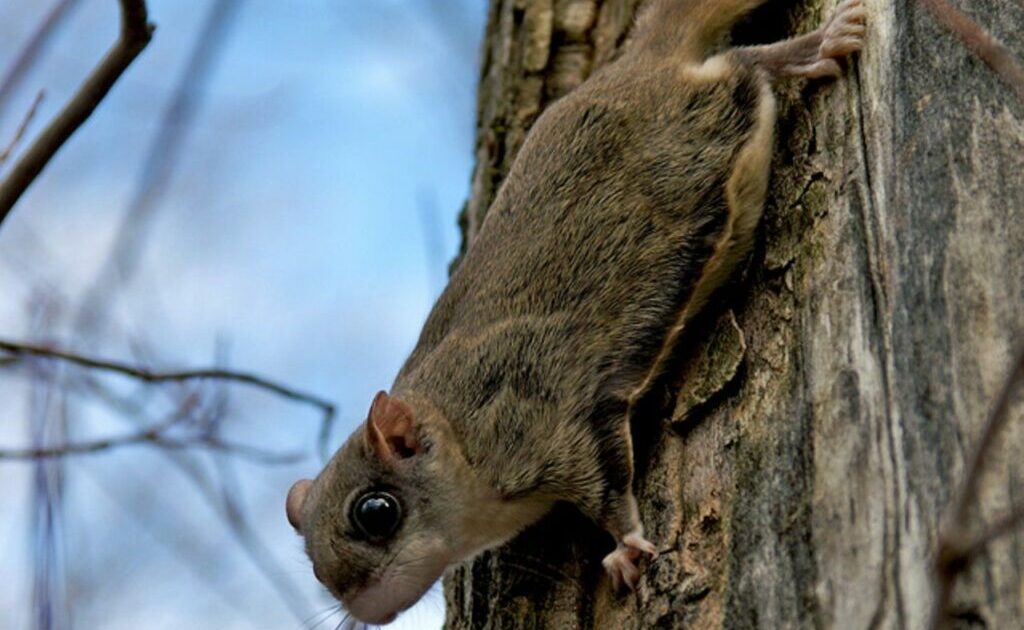If you’re the type of person who spends their time outdoors, you may stumble upon a flying squirrel, especially during the summer nights as you enjoy the splendour of your cottage environment. A walk through a nature trail for camping and the open-air may allow you to share a space with a flying squirrel for a night or two. And when you do, you’ll be in awe of their acrobatic talents. But if they become intrusive you may need to get squirrel removal services to remove them from your Scarborough property.
What is the Flying squirrel? Does it Really Fly?
The Flying squirrel (Pteromyini) is a predominantly tree-dwelling animal that feeds on nuts and seeds. These particular squirrels have grey fur and a flat feather-like fur tail that assists in steering and propelling them toward their intended direction. They have large soulful dark eyes to accommodate their nightly quests by capturing excess lighting and illuminating their space. The Flying squirrel is also one of two hundred (200) species of squirrels found primarily within the ecosystems of the Americas, Europe, and Africa. Their general physiology has them weighing at an average mass of approximately five ounces and stretching a typical length of ten inches.
The most outstanding of their features is the main reason for their name being the “Flying squirrel”. The squirrel has a furry membrane called a Patagium on both sides of its body that stretches from its front to hind legs. Contrary to the actual name of the animal, they don’t really fly. They, however, jump from heights and glide masterfully using their unique features to move through the open air while being steered by their tail. It is this gliding motion (which can cover 50 metres or more!) and the fact that they can actually steer themselves (with turns of up to 180 degrees) in mid-glide that make them seem to be flying.
Flying Squirrel vs Grey Squirrel
As with their more visible cousins the grey squirrel or Ground Squirrel, the Flying squirrel is quite adventurous and can take up habitat in city or rural areas once they have made it to the area. Both squirrel sub-species prefer to nest in warm insulated areas where foraging locations are in close proximity. If people are their neighbours, both types of squirrels become braver, friendlier and more approachable.
Why Are they so Scarce?
Flying squirrels are mainly nocturnal in their activities which gives the impression that they are small in numbers or absent altogether. They are most active from dusk until early dawn and spend their daytime hours away from the limelight. The best time to catch a glimpse of a flying squirrel is therefore at night.
They inhabit most of Canada with Saskatchewan and the southern sections of Alberta and Ontario being exceptions. In fact, North America is home to 25 sub-species of Northern flying squirrels. The Southern species, on the other hand, is having trouble surviving and has been listed as vulnerable in Canada as the numbers are declining, primarily due to habitat loss. In some areas such as the Point Pelee National Park in Ontario, the southern flying squirrel has actually disappeared.
Identifying Signs of Squirrel Intrusion and Protecting Your Space
In an effort to make access to buildings, the squirrels are capable of chewing through various types of material such as wood and even wires. They go for insulated areas especially during the winters where they form colonies while nesting. Look out for holes in your building’s walls or gardens that squirrels may have made to get inside. Fitting your building with “one-way” doors, making it difficult for the squirrels to access is a good start for keeping them out and you can get expert squirrel removal services to help you with this. Covering plants and placing them in cages or mesh is also a means of keeping the squirrels from seeking a meal from your garden.




